The Portuguese arrived in Madeira in the 15th century, bringing with them the art of embroidery. Six hundred years later, Madeira embroidery remains a cherished tradition, entirely handmade and deeply woven into the island’s culture and history.
I hope this post inspires you to explore and appreciate Madeira’s traditional hand embroidery, a craft that has been carefully preserved for centuries.
I invite you to immerse yourself in this fascinating art form by watching our video. But first, let me introduce you to what you’ll see!
What will you find in the video?
A Statue Honouring Madeira’s Embroiderers
The video begins with a statue paying tribute to the skilled women who have kept this tradition alive for generations. The sculpture depicts a mother teaching her daughter to embroider—symbolizing how, despite modern embroidery courses and training, this art form is still passed down from generation to generation.
Madeira’s Embroidery Patterns Everywhere
In Madeira, embroidery is more than just thread and fabric—it’s part of the island’s artistic identity. You’ll find its influence everywhere:
- The intricate decoration of churches and hotels
- On the facades of historic buildings
- Adorning ceilings inside traditional homes
- And even on the streets—where pavements resemble “black and white stone embroidery.”
The Madeiran pavement is different from the famous Portuguese calçada. Here, streets, squares, and church courtyards feature a unique mosaic made from rolled pebbles collected from the island’s beaches.
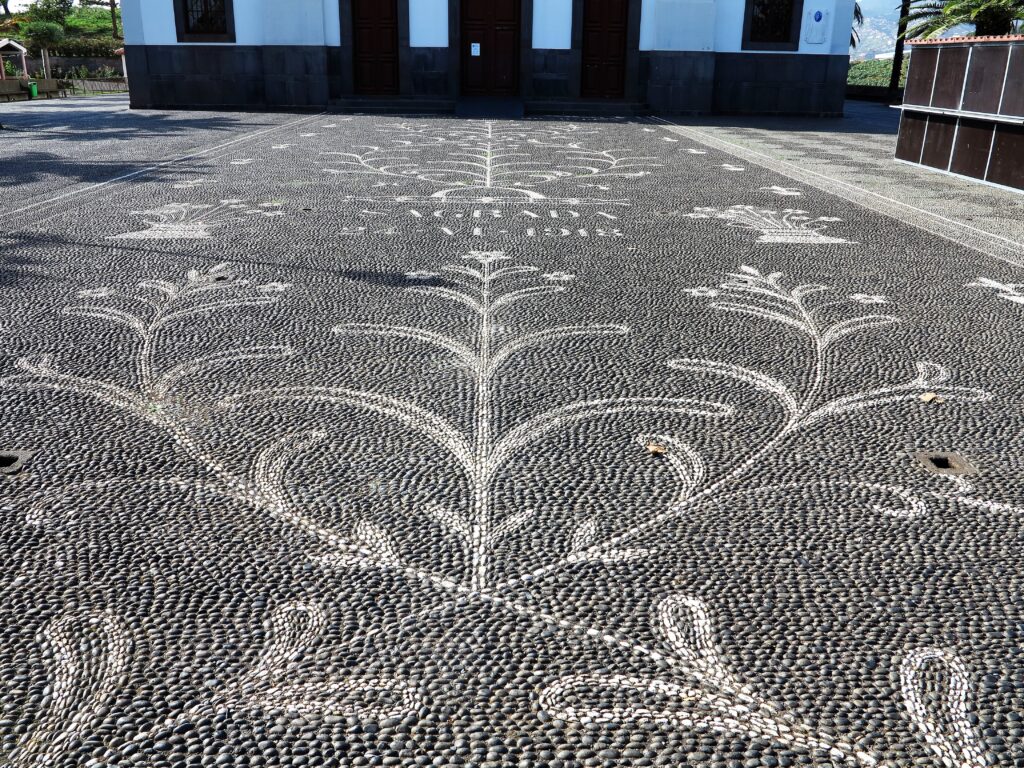
The Madeira Embroidery Process
Except for the embroidery itself, most of the work happens in the few remaining embroidery factories on the island. Here’s a glimpse into how each piece is crafted:

At the Factory
- Designers create original embroidery patterns or adapt them based on custom orders and market demands.
- The final design is transferred onto heavy-duty tracing paper, and the total stitch length is calculated using a curvimeter (a small map measurer).
- A special machine, originally from 19th-century France, pierces tiny holes along the traced lines.
- The design is then transferred onto fabric (cotton, linen, silk, organdie, etc.) using a blue dye.
- A colour chart is used to select the appropriate embroidery thread.
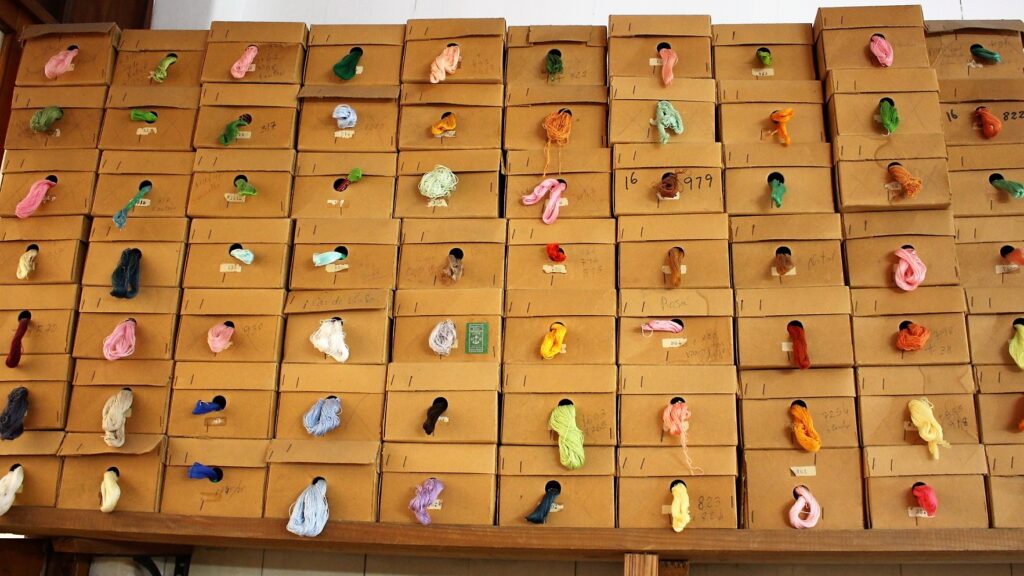
In the countryside
- The stamped fabric and embroidery threads are sent to home-based embroiderers, who meticulously follow the designated stitch types and numbers.
- Embroiderers often work outdoors, chatting with friends, watching the world go by, or listening to the radio.
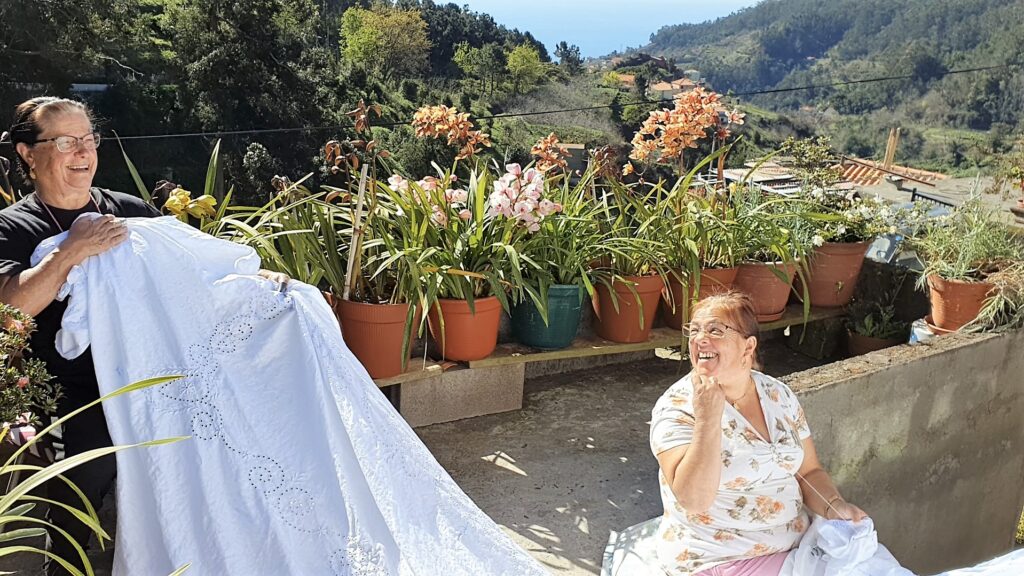
Back at the Factory
- Once complete, the embroidery returns to the factory, where artisans carefully cut out the intricate openwork patterns.
- The fabric is then washed, ironed, and subjected to rigorous quality control before receiving the official seal of authenticity.
The Seal of Quality
Every authentic piece of Madeira embroidery is handmade and inspected by IVBAM (Madeira Institute of Wine, Embroidery, and Handcrafts), which oversees production, quality, and exportation.
These handcrafted masterpieces range from affordable to luxurious—starting at just €8 for a simple flake base and exceeding €20,000 for an elaborate table set.
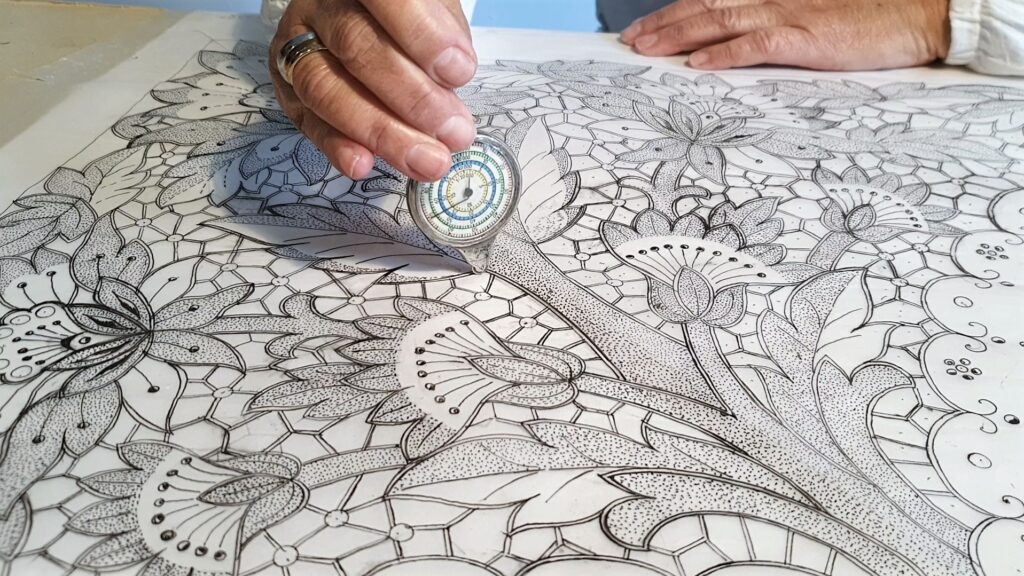
Did You Know?
- A curvimeter measures Madeira embroidery designs—the same tool used for maps! It calculates the stitch count, which determines the embroiderer’s payment.
- In 2025, the rate will be set at €2.40 per 100 stitches.
- Madeira embroidery supplies are imported, including Irish and Swiss linen and unique Madeira cotton and silk threads.
- The craft is a cottage industry, employing around 3,000 women, with 860 home-based embroiderers registered with IVBAM in 2025.
- Madeira exports most of its embroidery to the USA and Europe, with Italy now its biggest market.
- The House of Chanel featured Madeira embroidery in a Paris fashion show.
- The trousseau for Sarah and Andrew, the first daughter of the Duke and Duchess of York, was embroidered in Madeira in 1988.
Where and How Is Madeira Hand Embroidery Used?
Madeira embroidery is incredibly versatile and can be found in many aspects of life:
- Home & Décor – Table centerpieces, curtains, bed linen, bathroom towels, and church altar cloths.
- Fashion – Haute couture, wedding dresses, christening gowns, children’s clothing, footwear, and accessories.
- Special Occasions – Perfect for celebrations, heirlooms, and timeless gifts.
- And so much more… – Its elegance and craftsmanship continue to inspire creativity in new and unexpected ways!
Madeira’s Embroidery History in the Video
Madeira embroidery has a long and fascinating history. A guided tour is the best way to discover it fully, but our video gives you a small glimpse. It features rare pieces displayed at the IVBAM Madeira Embroidery Museum.
Notably, you’ll see:
- A 19th-century embroidered dress showcasing timeless fashion.
- Vintage lingerie from a bygone era.
- And the highlight—a magnificent tablecloth.
“This tablecloth was crafted by the tireless hands of Madeira’s embroiderers.” — Oliveira Salazar, then dictator of Portugal, referring to a masterpiece made for Queen Elizabeth II and Prince Philip’s 1957 visit to Portugal.
Watch the original documentary footage (minutes 08:30-10:00, in Portuguese) here.
Madeirans also gifted the Queen orchids for the occasion!
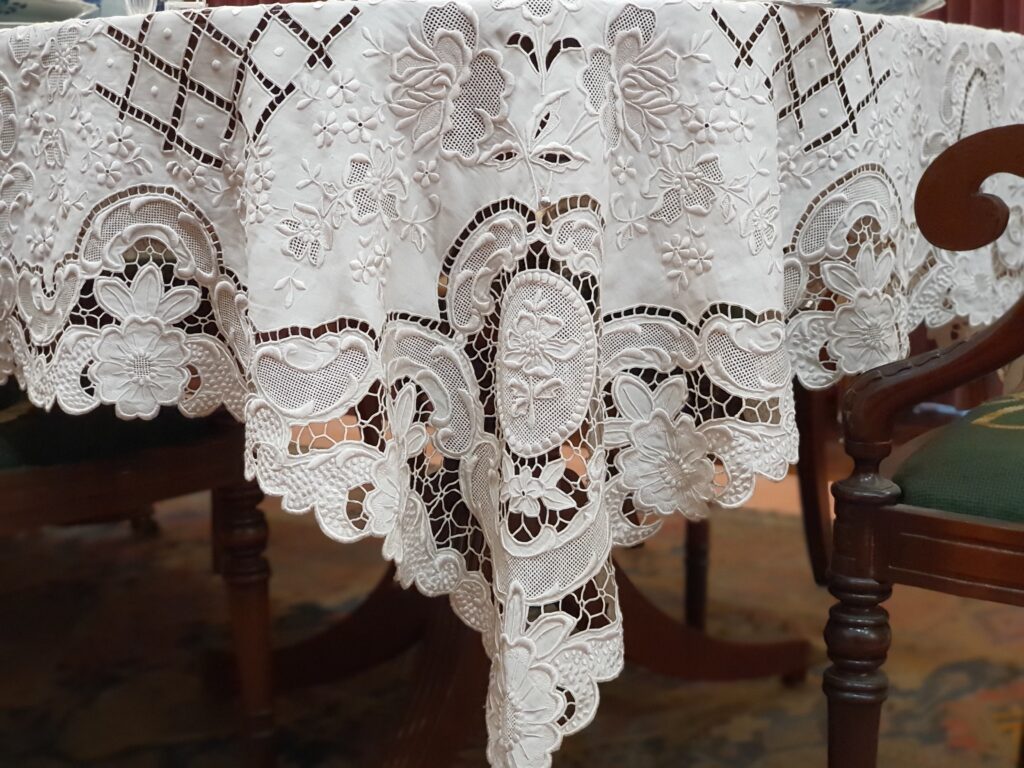
A Look at Madeira’s Embroidery Trade
For nearly 300 years (18th century – 1964), Madeira exported large quantities of embroidery. But did you know that some sales took place at sea?
The “bomboteiros”—local merchants—rowed out to pass cruise ships in small wooden boats called bombotes (from the English “bumboat”). There, they sold:
- Embroidered towels
- Wicker crafts
- Wine and fruit
- Postcards
This historic trade was once an iconic part of Madeira’s maritime life!
Embroidering Clay? Yes, It’s Possible!
Paula and Duarte Gomes, using the aresta technique, have transformed traditional embroidery designs into ceramic tiles.
“Ceramics is the art of shaping formless clay into something beautiful. So, why not embroider clay? Instead of thread, we trace delicate lines of clay to recreate Madeira embroidery’s timeless beauty.”
— Paula Gomes, Azul Desejo Workshop, Paul do Mar
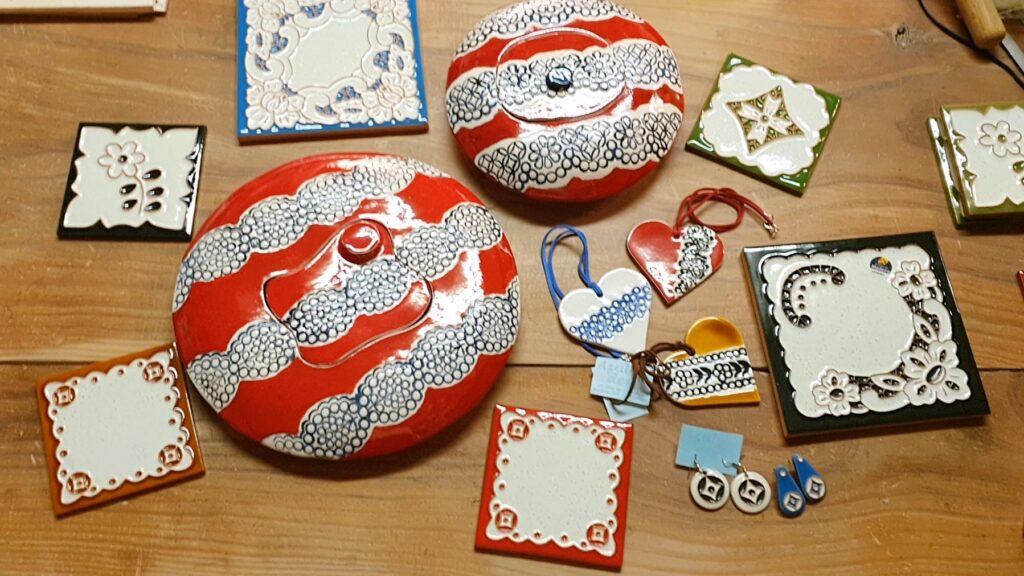

You can create your custom tour from scratch and explore at your own pace:
Photo courtesy of Bordal — Bordados da Madeira:
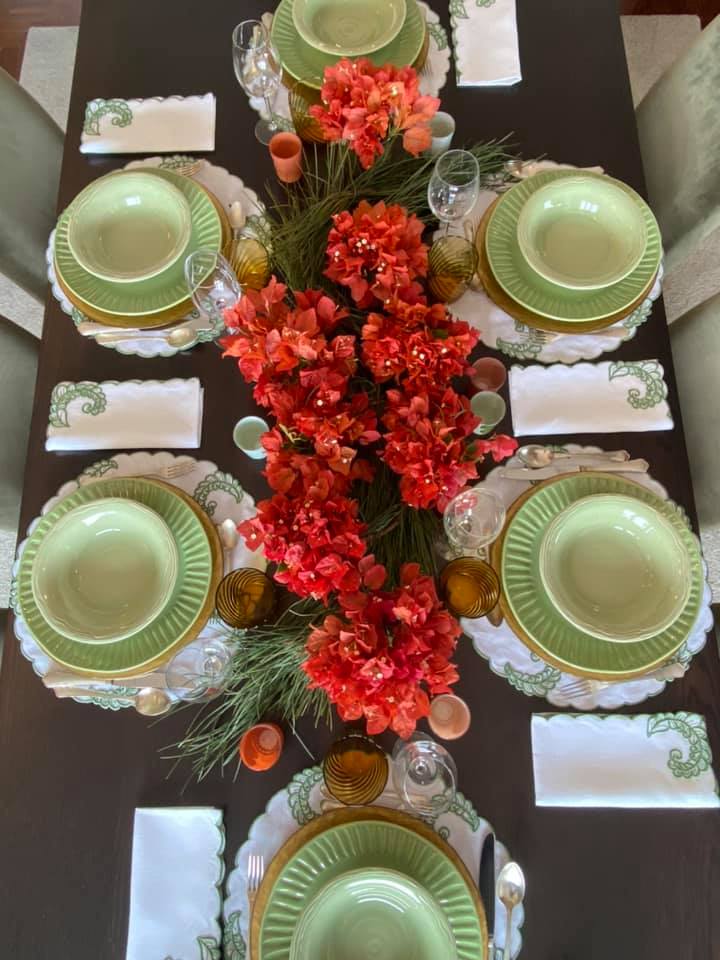
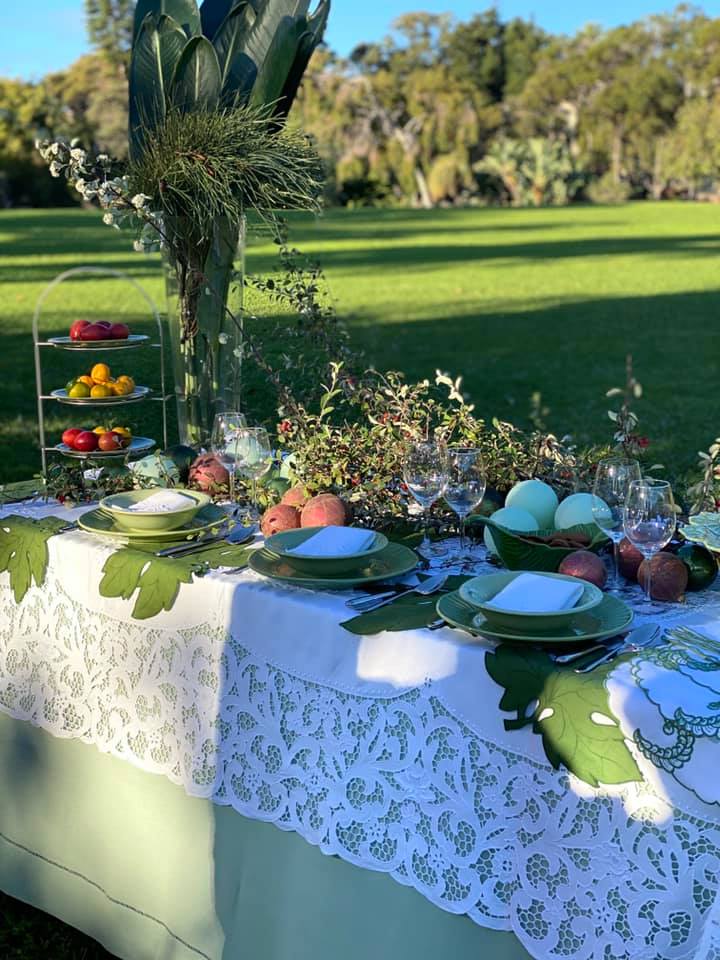
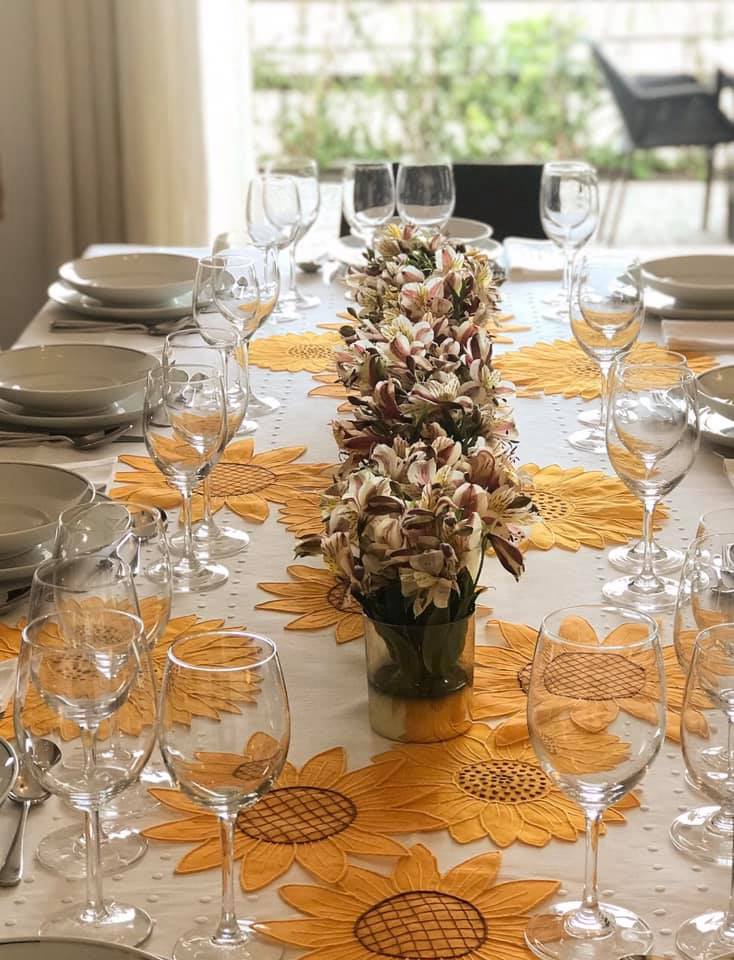
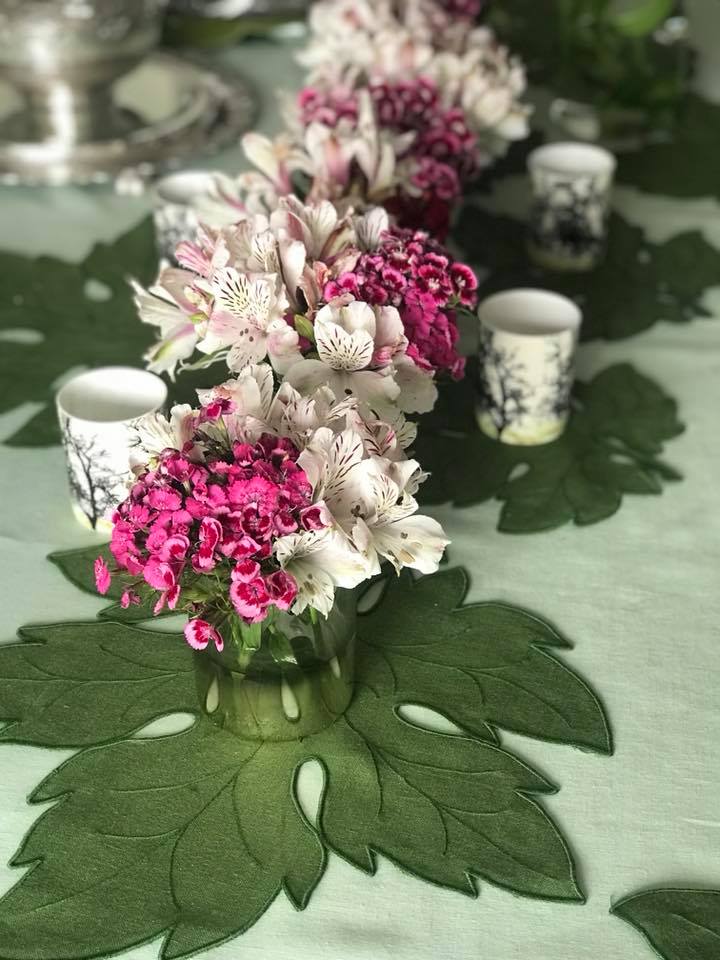
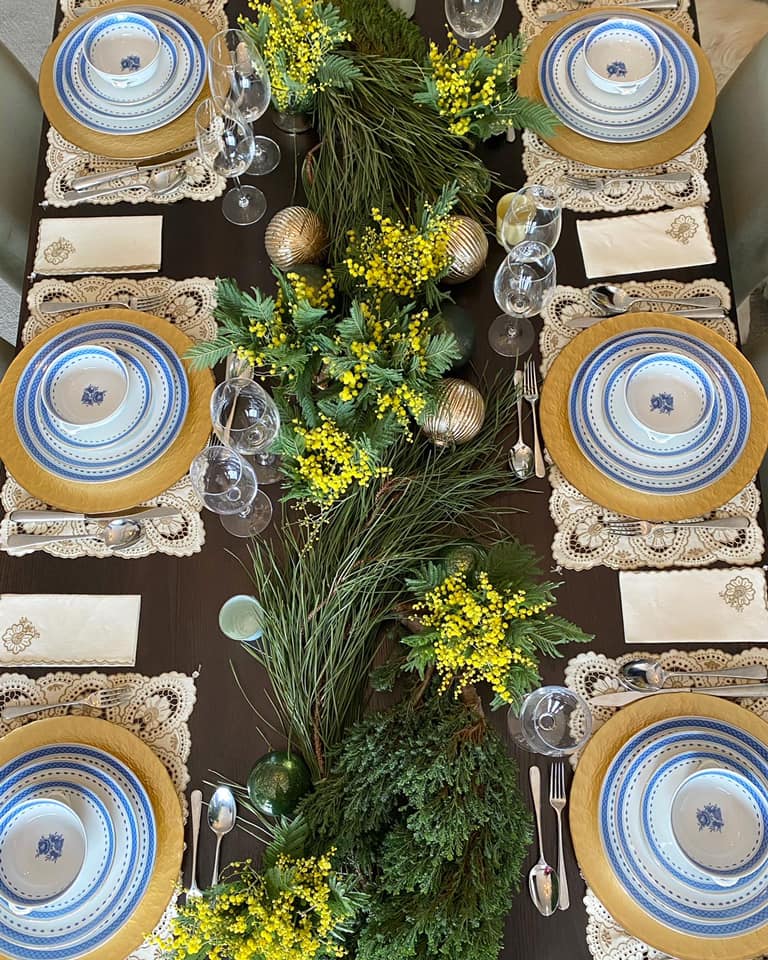
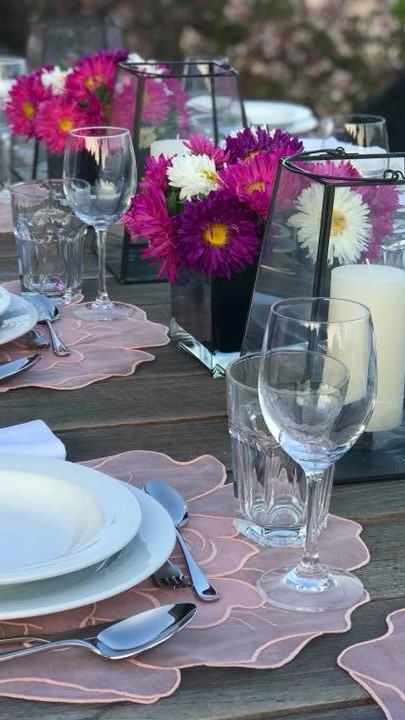
House of Chanel Collars
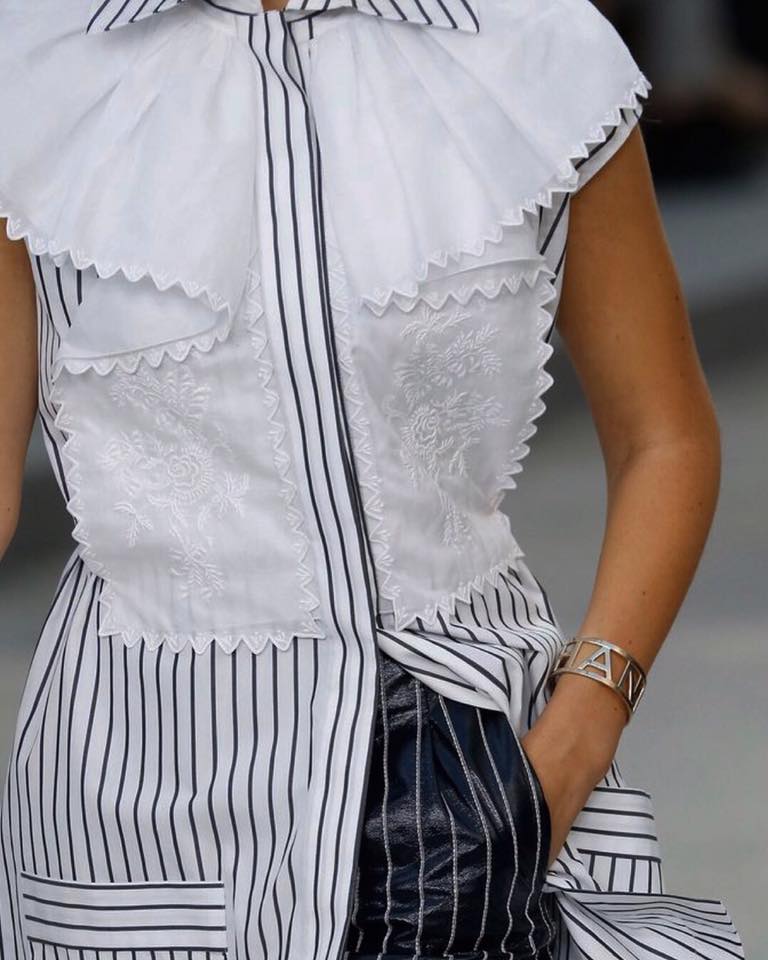
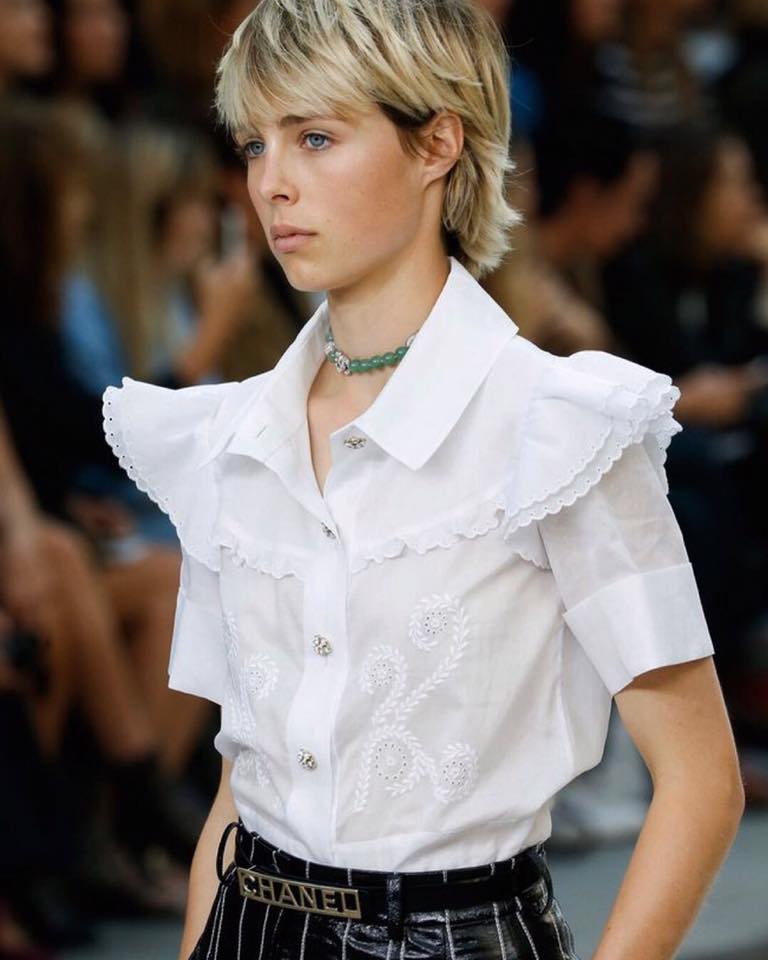
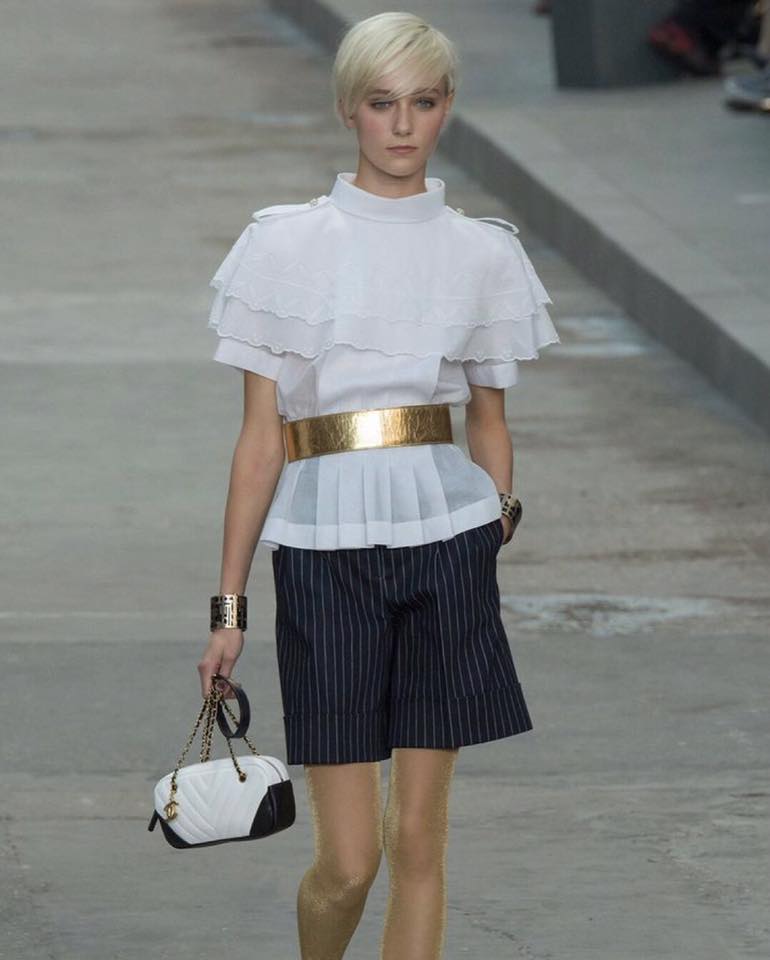
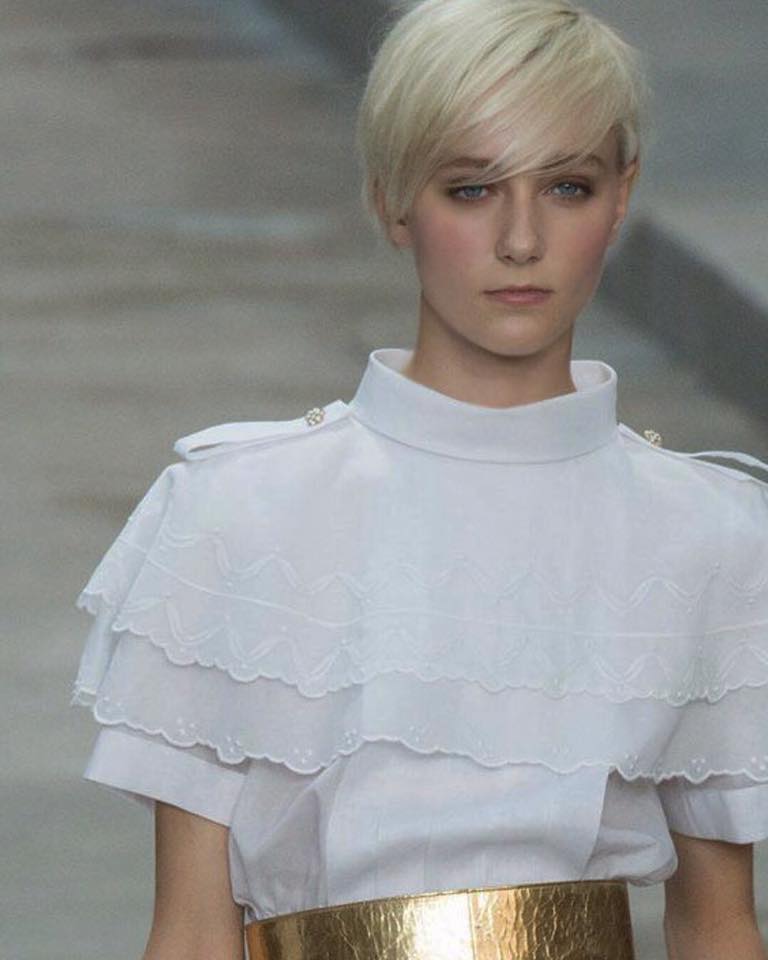
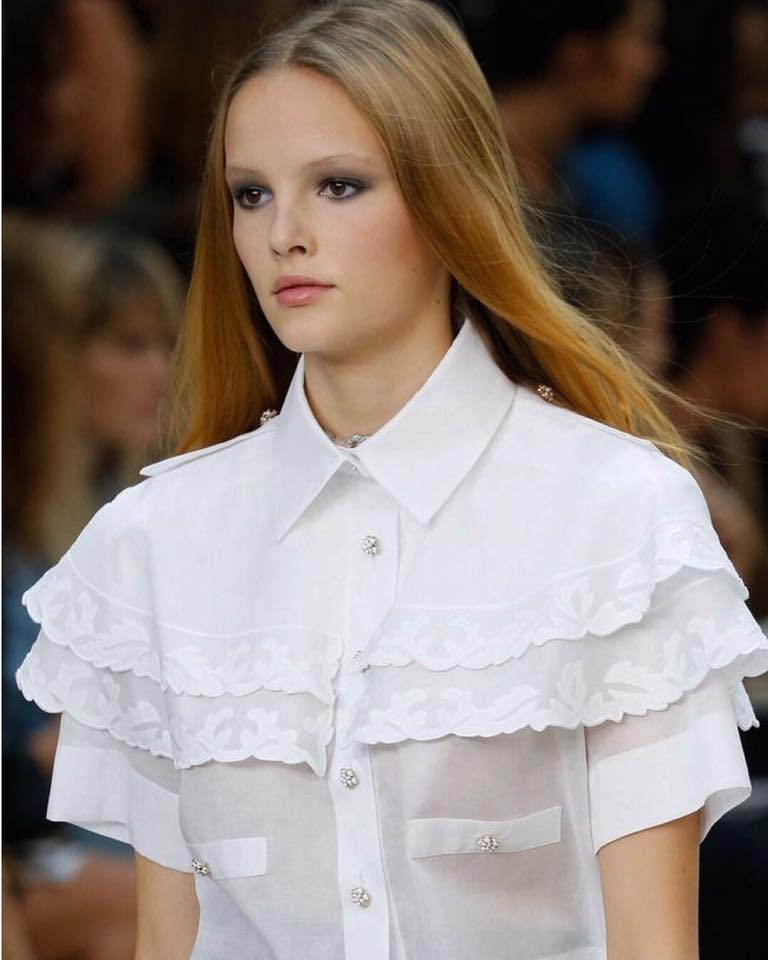
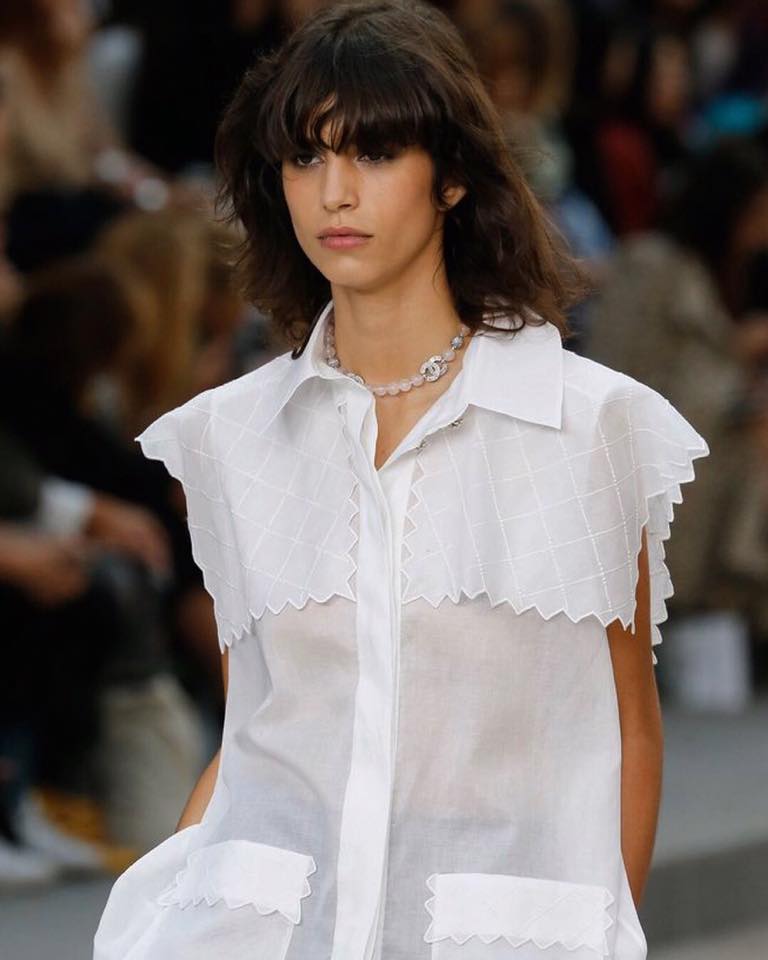
Last But Not Least… Here’s the Video! 🎥
I hope you’ve enjoyed this journey through Madeira’s traditional hand embroidery.
If you ever visit our beautiful island, I highly recommend experiencing this art form in person.
See you soon! 😊
